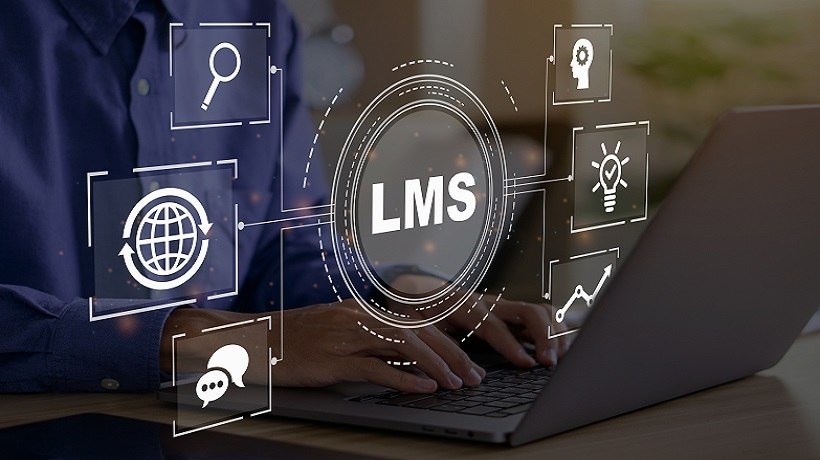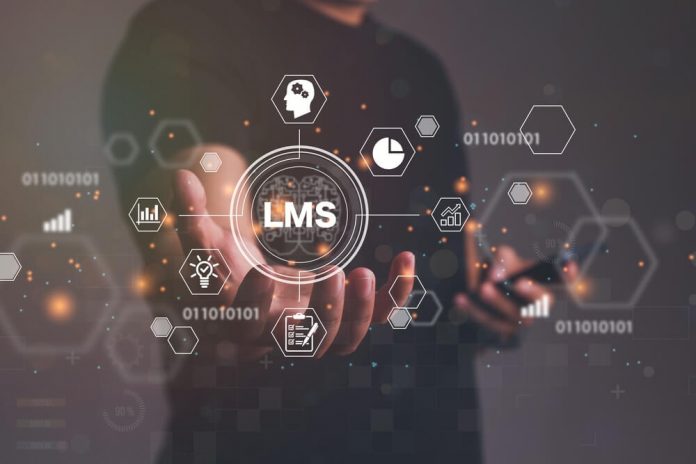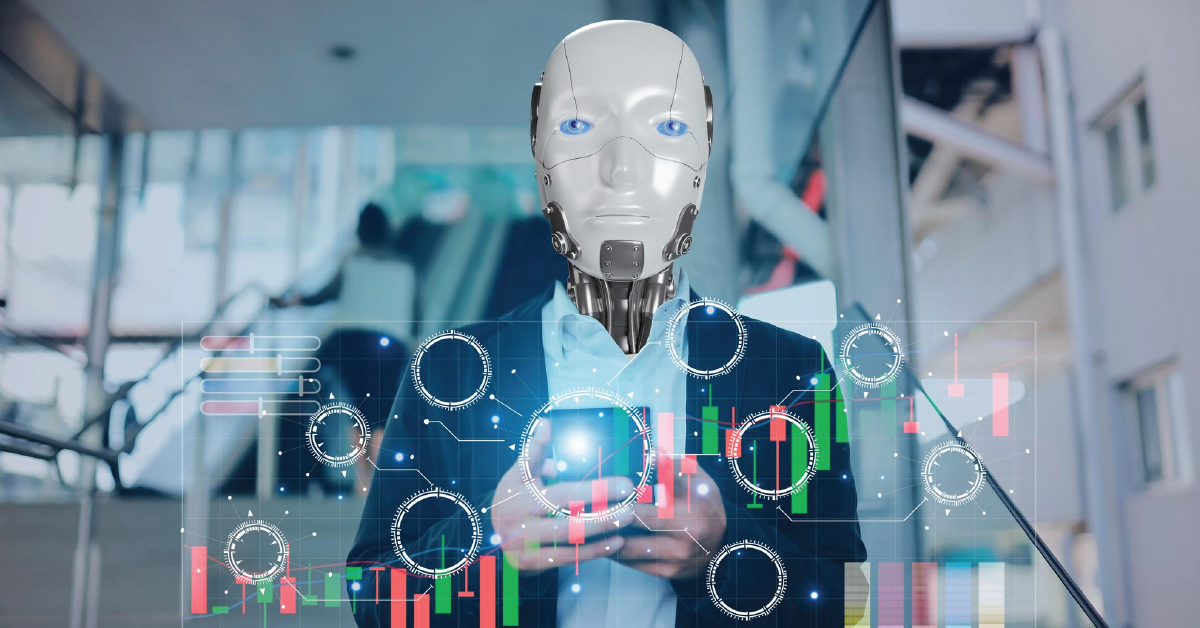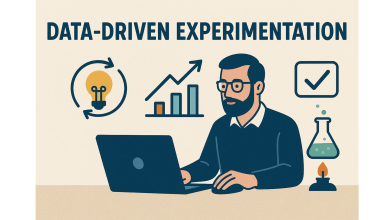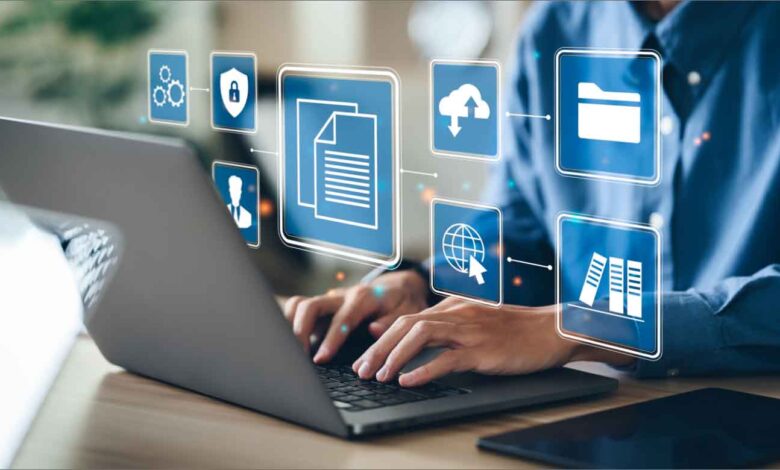
In the modern educational landscape, Learning Management Systems (LMS) have emerged as a crucial tool for institutions and organizations worldwide. These systems not only streamline educational processes but also enhance the overall learning experience. In this detailed guide, we will explore the intricate process of LMS development, from initial planning to deployment and beyond.
Understanding LMS and Its Importance
What is an LMS?
A Learning Management System (LMS) is a software application designed to administer, document, track, report, and deliver educational courses or training programs. It serves as a centralized platform where learners and educators can interact, share resources, and manage learning activities efficiently.
Key Benefits of LMS
- Centralized Learning: An LMS provides a unified platform for all learning materials, making it easier for learners to access and for educators to manage.
- Scalability: Whether catering to a small group of students or a large organization, an LMS can scale accordingly.
- Cost-Effective: Reduces the need for physical materials and travel, thus cutting down overall educational costs.
- Accessibility: Allows learners to access content anytime and from anywhere, promoting a flexible learning environment.
- Trackable Progress: Facilitates tracking of learner progress and performance through detailed reports and analytics.
Steps in LMS Development
1. Needs Assessment and Goal Setting
The first step in LMS development is to conduct a thorough needs assessment. This involves understanding the specific requirements of the educational institution or organization. Key questions to consider include:
- What are the primary objectives of the LMS?
- Who are the target users (students, employees, etc.)?
- What type of content will be delivered (courses, modules, assessments)?
- What are the technical and financial constraints?
2. Choosing the Right LMS Platform
Selecting the appropriate platform is critical. There are various options available, including:
- Open-Source LMS: Platforms like Moodle and Open edX offer extensive customization but require more technical expertise.
- Proprietary LMS: Solutions like Blackboard and Canvas provide robust features with dedicated support but can be more costly.
- Cloud-Based LMS: Services like Google Classroom and TalentLMS offer easy scalability and maintenance.
3. Designing the LMS Architecture
The architectural design of the LMS involves outlining the system’s framework, including:
- User Interface (UI): Should be intuitive and user-friendly to enhance the learner experience.
- Database Design: Efficient database design to manage and store large volumes of data.
- Integration Capabilities: Ability to integrate with other systems (HR, ERP, etc.) and tools (video conferencing, assessment tools).
4. Developing Core LMS Features
The development phase focuses on building essential features such as:
- User Management: Functions to manage user roles, permissions, and profiles.
- Content Management: Tools for creating, uploading, and organizing course materials.
- Assessment and Evaluation: Systems for creating quizzes, exams, and other assessment methods.
- Communication Tools: Features like messaging, forums, and notifications to facilitate communication.
- Reporting and Analytics: Comprehensive reporting tools to monitor progress and outcomes.
5. Implementing Security Measures
Security is paramount in LMS development. Key security measures include:
- Data Encryption: Ensuring data is encrypted during storage and transmission.
- Access Controls: Implementing strict access controls to prevent unauthorized access.
- Regular Audits: Conducting regular security audits and updates to safeguard against vulnerabilities.
6. Testing and Quality Assurance
Before deployment, the LMS must undergo rigorous testing to ensure it meets all requirements and functions seamlessly. This includes:
- Functional Testing: Verifying that all features work as intended.
- Performance Testing: Ensuring the system can handle expected user loads without degradation.
- Usability Testing: Gathering feedback from actual users to refine the user experience.
7. Deployment and Implementation
Deploying the LMS involves setting up the system on the chosen infrastructure and migrating existing data if necessary. Key considerations include:
- Server Configuration: Ensuring the server environment is optimized for performance and security.
- Data Migration: Transferring data from legacy systems without data loss or corruption.
- User Training: Providing comprehensive training sessions for administrators, educators, and learners.
8. Continuous Maintenance and Support
Post-deployment, continuous maintenance and support are crucial to address any issues and ensure the LMS remains up-to-date. This includes:
- Regular Updates: Keeping the system updated with the latest features and security patches.
- Technical Support: Offering ongoing technical support to resolve user issues.
- Feedback Mechanisms: Implementing feedback mechanisms to continuously improve the system.
Trends in LMS Development
1. Mobile Learning
With the increasing use of mobile devices, mobile-friendly LMS solutions are becoming essential. This trend ensures that learners can access content on the go, enhancing flexibility and engagement.
2. AI and Personalization
Integrating Artificial Intelligence (AI) can significantly enhance the learning experience by providing personalized learning paths, intelligent tutoring, and predictive analytics.
3. Gamification
Gamification techniques, such as badges, leaderboards, and gamified assessments, are being incorporated to boost learner motivation and engagement.
4. Social Learning
Incorporating social learning features, such as discussion forums and social media integration like postegro, encourages collaboration and knowledge sharing among learners.
5. Virtual and Augmented Reality
Virtual Reality (VR) and Augmented Reality (AR) are emerging technologies that offer immersive learning experiences, particularly in fields that require practical, hands-on training.
Conclusion
The development of a robust and effective Learning Management System (LMS) is a multifaceted process that requires careful planning, execution, and continuous improvement. By understanding the needs, selecting the right platform, incorporating essential features, and staying abreast of emerging trends, organizations can create an LMS that not only meets their educational goals but also provides a superior learning experience.

